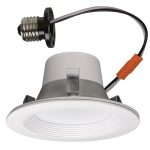Why LED Light Bulbs Flicker and How to Fix It: A Complete Guide
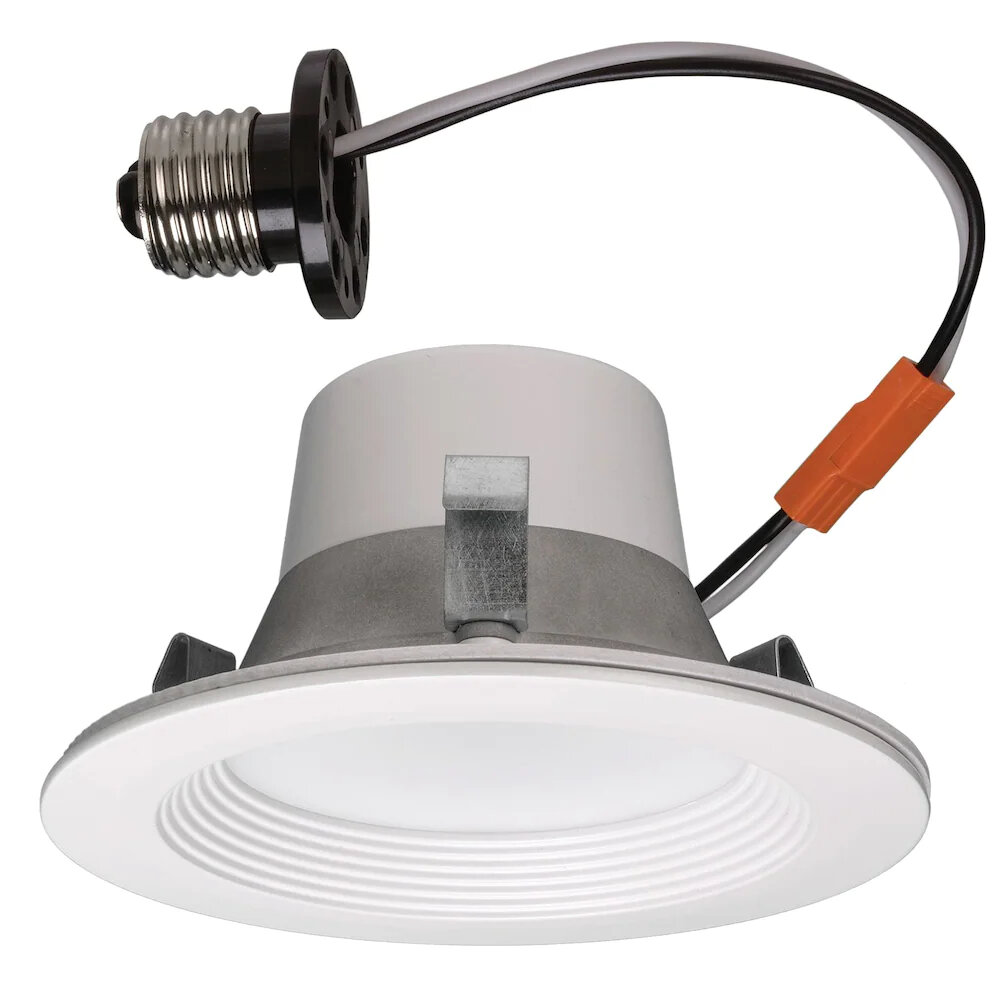
When it comes to lighting, LED bulbs have gained immense popularity in recent years due to their energy-efficient and long-lasting features. However, as with any technology, LED bulbs can face issues, and one of the most common problems that users encounter is flickering. LED bulb flickering can be annoying, distracting, and even harmful to health in some cases. Therefore, it is essential to understand the reasons behind LED bulb flickering and how to fix it. LED bulb flickering can be caused by a variety of factors, such as incompatible dimmer switches, voltage fluctuations, and poor quality bulbs. It can also be a sign of more serious electrical problems in your home or office. If left unaddressed, flickering LED bulbs can lead to eye strain, headaches, and even seizures in some people. Hence, it is crucial to learn about the causes and solutions of LED bulb flickering to ensure a safe and comfortable lighting environment. In this guide, we will explore the reasons behind LED bulb flickering and provide you with practical tips on how to fix it.
LED light bulbs are becoming increasingly popular due to their energy efficiency and long lifespan. LED stands for \light-emitting diode,\ which is a semiconductor device that emits light when an electric current is passed through it. Unlike traditional incandescent bulbs, which emit light through a filament that eventually burns out, LEDs convert energy into light through a process called electroluminescence. This not only makes them more durable, but also more efficient, as they require less energy to produce the same amount of light. Additionally, LED bulbs do not contain harmful chemicals like mercury, making them safer for the environment. Overall, LED light bulbs offer many benefits over traditional bulbs, making them a smart and sustainable choice for lighting your home or office.
Flickering in LED light bulbs is a common issue that can be caused by a variety of factors, including voltage fluctuations, incompatible dimmer switches, or even the quality of the LED bulb itself. These fluctuations can cause the light to flicker, which can be not only annoying but also potentially harmful to those with certain medical conditions. However, there are several solutions to fix this issue, such as using a voltage stabilizer, replacing the dimmer switch with one that is compatible with LED bulbs, or simply choosing high-quality LED bulbs that are less prone to flickering. By taking these steps, you can ensure that your LED light bulbs provide consistent and reliable lighting without any flickering.
Causes of LED Light Bulb Flickering
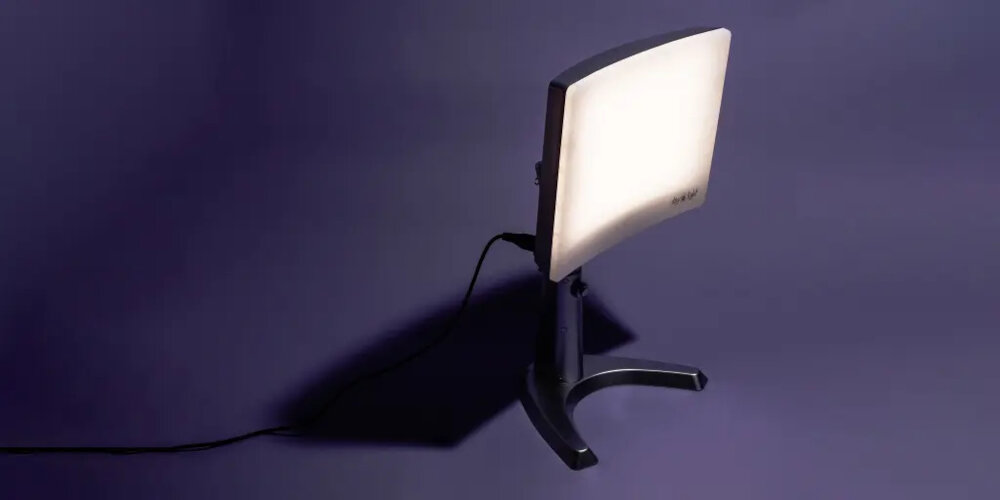
LED light bulbs are known for their energy efficiency and durability, but they are not immune to flickering. This phenomenon can be a result of various factors, including voltage fluctuation, incompatible dimmer switches, and poor-quality LED bulbs. Voltage fluctuation is one of the most common causes of LED light bulb flickering. If the voltage supplied to the bulb is not consistent, it can cause the bulb to flicker or even fail prematurely. This can happen when there are power surges or when the wiring in the building is old and outdated. To prevent this from happening, it is crucial to ensure that the wiring in your building is up to code and that your LED bulbs are compatible with the voltage in your home or office. Another cause of LED light bulb flickering is incompatible dimmer switches. Not all LED bulbs are compatible with all dimmer switches, and using a mismatched combination can cause flickering or even damage to the bulb. When choosing a dimmer switch for your LED bulb, it is essential to check the manufacturer’s recommendations and ensure that the switch is compatible with the bulb’s technology. Poor-quality LED bulbs are also a common cause of flickering. Some low-cost LED bulbs may not be manufactured to the highest quality standards, which can cause them to flicker or fail prematurely. It is, therefore, crucial to invest in high-quality LED bulbs to ensure long-lasting performance and avoid the hassle of flickering.
Electrical power issues are one of the main culprits behind LED light bulb flickering. Voltage fluctuations, power surges, and electrical interference can all affect the performance of LED bulbs, causing them to flicker, dim, or even fail prematurely. In some cases, the wiring in your home or the electrical panel may not be able to handle the electrical load required by LEDs, resulting in flickering or intermittent lighting. It’s important to address these power issues to not only ensure the longevity and performance of your LED bulbs but also to prevent potential safety hazards such as electrical fires. Consulting with a licensed electrician is recommended to properly diagnose and fix any electrical power issues in your home.
LED driver issues can cause flickering in LED light bulbs. LED drivers are electronic devices that regulate the power supply to the LED lights. If the LED driver is not compatible with the LED bulb, there is a risk of flickering. Additionally, LED drivers can fail over time, causing flickering or even a complete failure of the LED bulb. To fix LED driver issues, it is important to ensure that the LED driver is compatible with the LED bulb and to replace the LED driver if it is failing. It is also important to use high-quality LED bulbs and to install them properly to avoid any potential issues. Taking these steps can help to ensure that your LED light bulbs function properly and without any flickering.
When it comes to LED lighting, compatibility with dimmer switches is a crucial aspect to consider. Not all dimmer switches are created equal, and not all of them are compatible with LED bulbs. LED bulbs require a specific type of dimmer switch, known as an LED dimmer switch, which is specifically designed to work with LED bulbs. Using the wrong type of dimmer switch can result in flickering, buzzing, or even damage to the bulb. It is important to check the compatibility of your dimmer switch with LED bulbs before purchasing, as well as ensuring that the wattage of the switch matches the wattage of the bulb. By choosing the right dimmer switch, you can enjoy the benefits of LED lighting without any flickering or other issues.
Loose connections can also cause LED light bulbs to flicker. This can occur when the bulb’s contacts are not properly secured in the socket, which can cause fluctuations in the electrical current. These loose connections can be caused by a variety of factors, including wear and tear on the socket or bulb, poor contact between the bulb and the socket, or even a loose wire in the electrical circuit. To fix loose connections, first, turn off the power to the affected light fixture. Then, check the bulb and socket for any signs of damage or wear, and tighten any loose connections. If the problem persists, it may be necessary to replace the socket or wiring to ensure a secure connection.
How to Fix LED Light Bulb Flickering

LED light bulbs are known for their longevity and energy efficiency, but they can also be prone to flickering. Flickering is not only annoying but can also be a sign of an underlying issue with the bulb or the electrical system. However, fixing LED light bulb flickering is not a difficult task, and it can usually be done by following a few simple steps. The first step in fixing LED light bulb flickering is to check the bulb itself. Make sure that the bulb is properly screwed into the socket and that it is the right size for the fixture. If the bulb is loose or too small, it can cause flickering. Additionally, some LED bulbs are not compatible with certain dimmer switches, so if you are using a dimmer, make sure that the bulb is designed to work with it. If the bulb is not the problem, then the issue may lie with the electrical system. In this case, it is best to consult with an electrician to ensure that the wiring is properly installed and functioning correctly. By taking these simple steps, you can fix LED light bulb flickering and enjoy the benefits of long-lasting, energy-efficient lighting.
Replacing the bulb is one of the most common solutions to fix flickering LED light bulbs. Before replacing the bulb, it is important to ensure that the bulb is compatible with the fixture and that it is the correct type for the intended use. It is also important to make sure that the bulb is securely screwed into the fixture and that the connections are clean and free of debris. When replacing the bulb, it is recommended to choose an LED bulb with a higher wattage than the one being replaced to ensure that it provides sufficient light output. Additionally, choosing an LED bulb with a higher color temperature can help to reduce flickering and provide a more consistent and stable light output.
One of the most common causes of LED light bulbs flickering is poor electrical connection. This issue can occur due to a variety of reasons, such as loose wiring or faulty switches. To check the electrical connection, start by turning off the power supply and then carefully inspect the wiring and connections. Make sure that all connections are tight and secure, and that there are no signs of damage or corrosion. Additionally, check the switches and dimmer controls as they can also cause flickering if they are not compatible with the LED bulbs. By ensuring a proper electrical connection, you can prevent flickering and ensure that your LED bulbs operate smoothly and effectively.
If you have recently replaced your traditional incandescent bulbs with LED ones, you might have noticed some flickering or flashing. This can be a frustrating experience, but don’t worry, there’s a solution. One of the most effective ways to fix this issue is by using a LED compatible dimmer switch. Unlike incandescent bulbs, LED bulbs require a special type of dimmer switch that is designed to work with their low wattage and unique electronic components. By using a dimmer switch that is compatible with your LED bulbs, you can control the amount of light in your room without any flickering or flashing. So, if you want to enjoy the energy-efficient benefits of LED bulbs without any flickering issues, make sure to invest in a LED compatible dimmer switch.
If you’re experiencing flickering issues with your LED light bulbs, installing a stabilizing device might be the solution you need. These devices work by regulating the flow of electricity to the bulbs, preventing voltage spikes and fluctuations that can cause flickering. There are several types of stabilizing devices available, including voltage regulators, surge protectors, and power conditioners. Each type has its own unique features and benefits, so it’s important to research and choose the one that’s right for your specific needs. By installing a stabilizing device, you can ensure that your LED light bulbs operate smoothly and consistently, without any annoying flickering.
Preventing LED Light Bulb Flickering
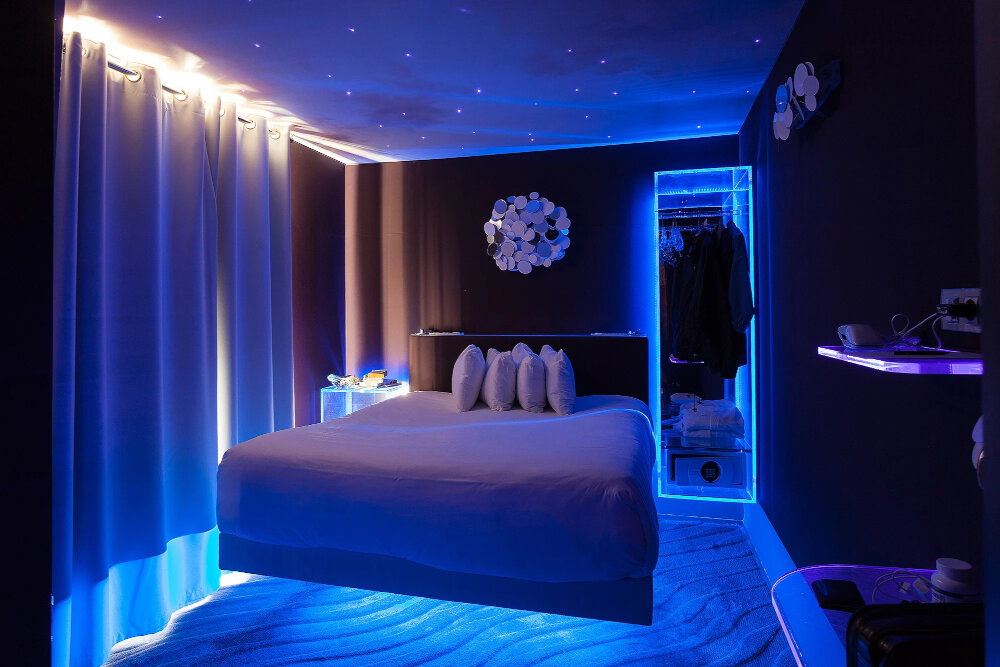
LED light bulbs have become increasingly popular in recent years for their energy efficiency and long lifespan. However, one issue that can arise with LED bulbs is flickering. Flickering can be caused by a variety of factors, including incompatible dimmer switches, voltage fluctuations, and poor quality bulbs. Not only can flickering be annoying, but it can also cause eye strain and headaches. Fortunately, there are several steps that can be taken to prevent LED light bulb flickering and ensure a steady and reliable source of light. One of the simplest ways to prevent LED light bulb flickering is to use high-quality bulbs. Cheaper bulbs may be prone to flickering due to poor construction and materials. Look for bulbs that are labeled as \flicker-free\ or \compatible with dimmer switches\ if you plan on using them with a dimmer. Additionally, ensure that your bulbs are the correct wattage for your fixtures and that they are installed properly. If you are still experiencing flickering, you may need to replace your dimmer switch with one that is specifically designed for use with LED bulbs. These switches are designed to regulate the flow of electricity and prevent voltage fluctuations that can cause flickering.
When it comes to selecting LED bulbs, it’s crucial to choose high-quality ones. Low-quality bulbs may flicker, emit uneven light, or even fail prematurely. High-quality LED bulbs, on the other hand, provide consistent illumination and last longer, making them a worthwhile investment. Additionally, they consume less energy, emit less heat, and are more environmentally friendly than traditional bulbs. When shopping for LED bulbs, look for ones that have certifications such as ENERGY STAR or UL, which indicate that they have undergone rigorous testing and meet industry standards for quality and performance.
Proper installation of LED light bulbs is crucial to prevent flickering issues. Firstly, ensure that the LED bulbs are compatible with the dimmer switch or circuit in use. Installing a non-dimmable LED bulb on a dimmer switch can cause flickering. Secondly, check the wiring and connections to ensure that they are secure and properly grounded. Loose or faulty wiring can cause voltage fluctuations that lead to flickering. Additionally, avoid overloading the circuit by not exceeding the maximum wattage recommended for the fixtures. Lastly, consider hiring a licensed electrician for proper installation to ensure safety and to avoid any potential electrical hazards. Following these installation guidelines can help prevent LED light bulb flickering issues.
Regular maintenance is an essential factor in keeping your LED light bulbs flicker-free. Dust and dirt accumulation in the bulbs can cause flickering, and it’s crucial to clean them periodically. You can use a soft cloth or a microfiber cloth to wipe the bulbs gently. Additionally, you need to ensure that the bulbs are tightly screwed into their sockets. Loose connections can cause flickering, and you can fix this by turning off the power and tightening the bulbs. Regular maintenance also involves checking your electrical wiring for any damages or loose connections, which can cause flickering. By performing regular maintenance, you can extend the lifespan of your LED bulbs and ensure that they shine brightly without flickering.
LED light bulb flickering can be caused by a variety of factors such as incompatible dimmer switches, voltage fluctuations, and electrical interference. To fix this, one solution is to replace the dimmer switch with a compatible one that is designed for LED bulbs. Another solution is to install voltage regulators to stabilize the voltage and prevent fluctuations. Additionally, using shielded cables or moving the LED bulb away from sources of electrical interference can also help eliminate flickering. It is important to address LED light bulb flickering as it can not only be annoying but can also lead to eye strain and headaches.
Addressing the issue of LED light bulbs flickering is paramount in ensuring safety and efficiency. Flickering LED lights can cause headaches, migraines, and eye strain, especially in people who are sensitive to light. Moreover, flickering lights can also cause disruption in the circadian rhythm, leading to sleep problems and other health issues. On the other hand, LED light bulbs that are not flickering can save a significant amount of energy and money compared to traditional incandescent bulbs. Therefore, addressing the issue of flickering LED lights is crucial in creating a safe, comfortable, and efficient environment.
Conclusion
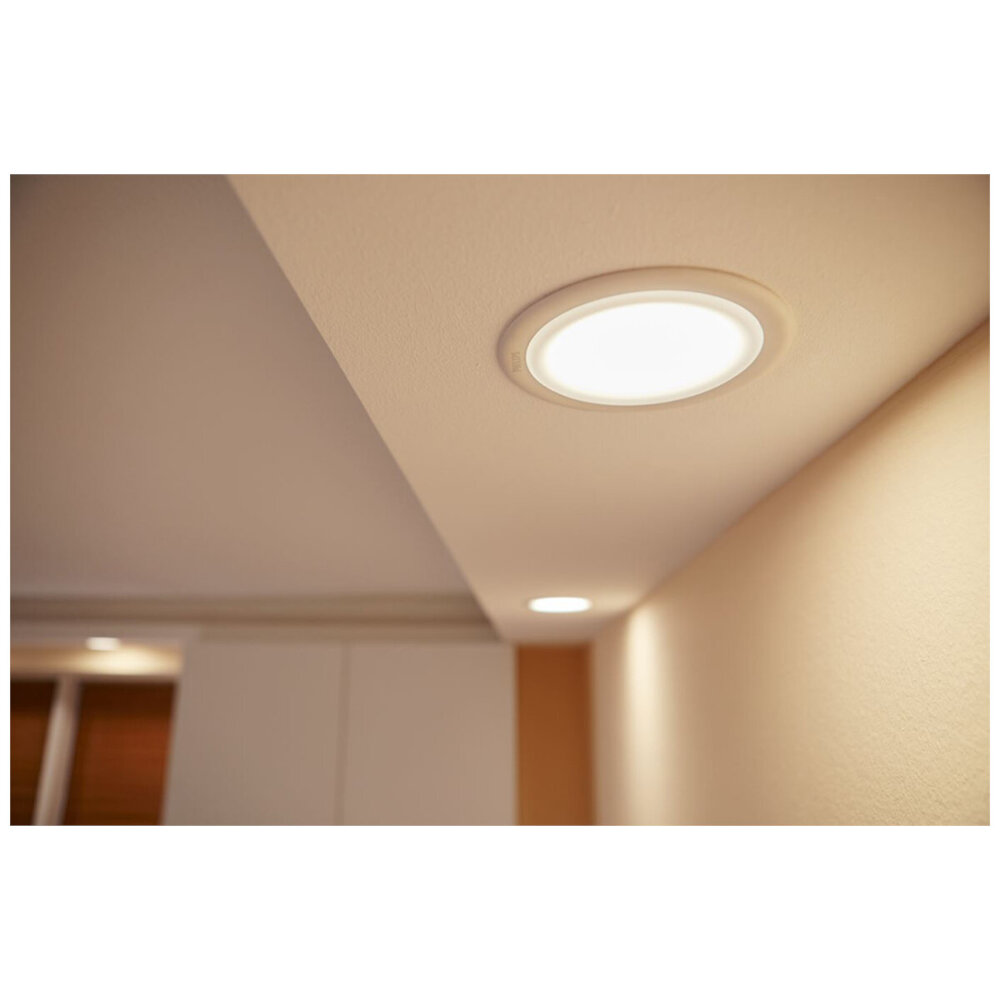
In conclusion, LED light bulbs flicker due to several reasons, including voltage fluctuations, incompatible dimmer switches, and poor electrical connections. However, fixing the flicker is relatively easy and can be done by replacing the incompatible switch, tightening the loose connections, or using a voltage stabilizer. It is essential to identify the root cause of the flicker to avoid potential hazards, such as eye strain and headaches. By following the tips in this complete guide, you can enjoy a flicker-free LED lighting experience that is not only comfortable but also energy-efficient and cost-effective in the long run.


